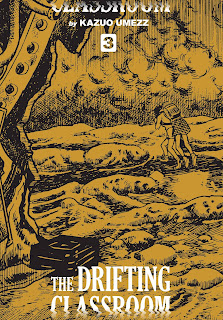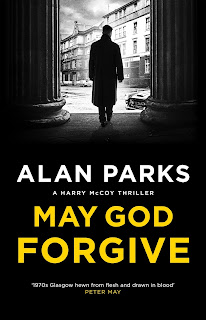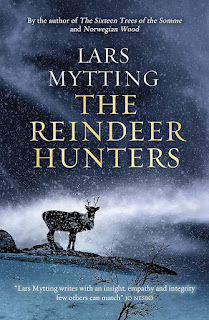Un peu plus loin sur la droite - Fred Vargas

Before we even get to the three evangelists in this second book featuring them, Vargas has another whole set of eccentric outsiders to open Un peu plus loin sur la droite (Literally, 'A Little Bit Further to the Right' but published in English as ' Dog Will Have His Day "). They don't come stranger than Louis Kehlweiler, " l'Allemand " (The German). As something of a guardian of the city, he and his team of observers monitor the goings-on in Paris - and some even wider - from a plan of numbered benches and trees, carrying a toad around in his pocket. On the advice of an old friend he recruits Marc Vandoosler, an unemployed historian of the Middle-Ages who we know from Debout les morts , as part of his ' grande armée ' to sort and classify cuttings and items of interest from national and regional newspapers. But what he is currently more interested in more than any usual report in the papers is dog shit. Or to be precise, something he finds in



